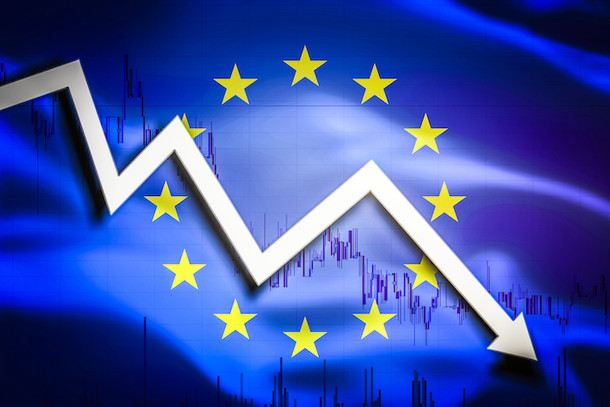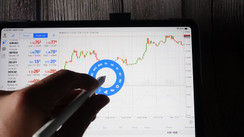For the six day in a row, European markets fell as traders prepared for the possibility that the Federal Reserve will continue to take a hawkish stance. At the same time, geopolitical risks heightened as Russia escalated its missile attacks against Ukraine.
By day's end in London, the Stoxx Europe 600 had fluctuated throughout the day, falling 0.4%. Following new US restrictions on China's access to American technology, semiconductor stock prices fell. After the Financial Times informed that the UK government is moving forward with plans to curb renewable electricity profits with legislation that may be introduced next week, utilities including RWE AG and Drax Group Plc came under pressure.
Investors are looking for hints regarding the direction of central bank policy by analyzing macroeconomic factors in Europe and the US. The war in Ukraine, rising inflation, an energy crisis, and higher interest rates are just a few of the elements making Europe's macroeconomic environment worse. Traders should pay close attention to the results season to observe how businesses are coping with the numerous challenges. Payrolls were fewer than typical for the year, and inflation is likely to have peaked.
Earnings are currently being hampered by inflation, rising expenses, sluggish economic development, and negative consumer sentiment. However, there are certain reasons currently driving higher European earnings as well. The threat by President Vladimir Putin of additional missile assaults on Ukraine following the most ferocious bombardment of strikes against Kyiv and other cities since Russia's invasion's early days also soured the atmosphere this week.
On the other hand, there are currencies that are not affected by the current crisis. One example is the ever-rising dollar, which is currently the strongest currency.





